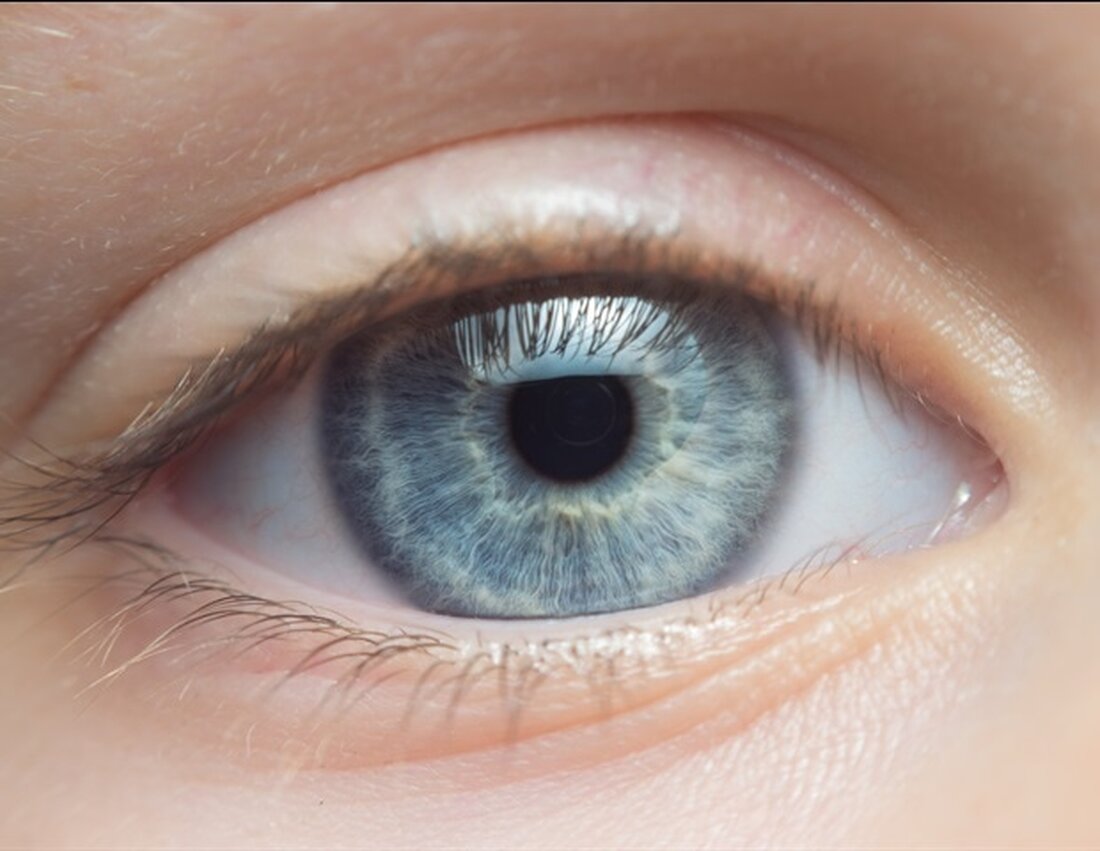New imaging technology reveals subtle details about the pathology of a rare eye disease
Using a new imaging technique, researchers at the National Eye Institute have found that retinal lesions caused by vitelliform macular dystrophy (VMD) vary depending on the gene mutation. Addressing these differences may be key to developing effective treatments for these and other rare diseases. NEI is part of the National Institutes of Health. The NEI's long-term investment in imaging technology is transforming our understanding of eye disease. This study is just one example of how improved imaging can reveal subtle details about the pathology of a rare eye disease that can influence the development of therapeutics.” Michael F. Chiang, MD, NEI Director VMD is an inherited genetic disorder that...

New imaging technology reveals subtle details about the pathology of a rare eye disease
Using a new imaging technique, researchers at the National Eye Institute have found that retinal lesions caused by vitelliform macular dystrophy (VMD) vary depending on the gene mutation. Addressing these differences may be key to developing effective treatments for these and other rare diseases. NEI is part of the National Institutes of Health.
The NEI's long-term investment in imaging technology is transforming our understanding of eye disease. This study is just one example of how improved imaging can reveal subtle details about the pathology of a rare eye disease that can influence the development of therapeutics.”
Michael F. Chiang, MD, NEI Director
VMD is an inherited genetic disorder that causes progressive vision loss due to degeneration of the light-sensitive retina. Genes involved in VMD include BEST1, PRPH2, IMPG1 and IMPG2. Depending on the gene and mutation, the age of onset and severity vary greatly. What all forms of the disease have in common is a lesion in the central retina (macula) that looks like an egg yolk and is a collection of toxic fatty material called lipofuscin. VMD affects approximately 1 in 5,500 Americans and there is currently no treatment for this condition.
Johnny Tam, Ph.D., director of the NEI Clinical and Translational Imaging Unit, used multimodal imaging to examine the retinas of patients with VMD at the NIH Clinical Center. Tam's multimodal imaging uses adaptive optics - a technique that uses deformable mirrors to improve resolution - to view living cells in the retina, including light-sensitive photoreceptors, retinal pigment epithelial (RPE) cells and blood vessels, in unprecedented detail.
The mission of the National Eye Institute is to “conduct and support research, training, health information dissemination, and other programs relating to eye blindness, visual impairment, mechanisms of visual function, preservation of vision, and the unique health problems and needs of the blind.”
Tam and his team worked with doctors at the NEI Eye Clinic to characterize 11 participants using genetic testing and other clinical examinations, then evaluated their retinas using multimodal imaging. Assessment of cell densities (photoreceptors and RPE cells) near VMD lesions revealed differences in cell density according to the different mutations. IMPG1 and IMPG2 mutations had a greater effect on photoreceptor cell density than RPE cell density. The opposite was true for PRPH2 and BEST1 mutations. In participants with only one affected eye, the researchers found similar effects on cell density in the unaffected eye, despite the absence of lesions.
Tam uses multimodal imaging for a variety of other rare retinal diseases and more common ones, including age-related macular degeneration.
Source:
Reference:
Liu, T., et al. (2022) Relationships between photoreceptors and retinal pigment epithelium in eyes with vitelliform macular dystrophy revealed by multimodal adaptive optics imaging. Investigative Ophthalmology & Visual Science. doi.org/10.1167/iovs.63.8.27.

 Suche
Suche
 Mein Konto
Mein Konto
